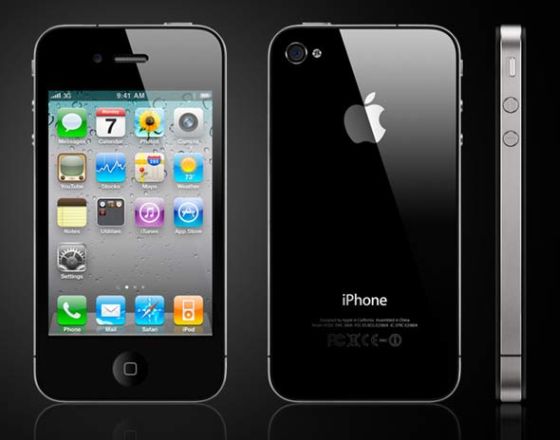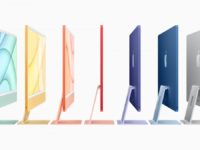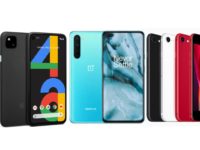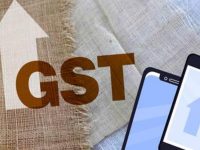India sure is an unconventional market. While the rest of the world were reeling under depression back in 2008, this country still managed to showcase decent GDP growth rate figures. While India sure was a closed economy, until the 1990’s we can claim to be a whole lot more “open” these days. But there seems to be some things which work in its unique way here in India irrespective of what the scene elsewhere on the planet is. Let’s take the example of the iPhone.
Ever since, they came out with the iPhone back in 2007, the revolutionary phone has been a rage and sold like hot cakes throughout the globe. While the first generation iPhone was never launched in India, people here were surely interested in one – thanks to the buzz it generated.
Finally, when Apple finally brought the iPhone 3G and then later the 3GS and of late the iPhone 4 in India, all of these iconic devices sold in remarkably few numbers – numbers that look totally different from their tally elsewhere on the globe. For example, the iPhone 4, ever since its delayed launch here in India has only managed to ship (not sell!) a paltry 62,043 handsets in a country of 1.2 billion! These numbers put Apple in the last position when it comes to the smartphones segment in India. While RIM trails iOS globally and is continuously losing share internationally, in India RIM enjoys a 15% smartphones market share. Samsung and Nokia top the tables with 21% and 46% of the smartphones market in India.
In a recent report by the Bloomberg, they cite the lack of comprehensive 3G connectivity for being the reason for the low sales of the iPhone. While its true that 3G surely is ideal for iPhone 4 apps and functionalities to work well, that alone isn’t the reason. The latest version of an iPhone in India is way more expensive than a similarly spec’d Android powered handset. In India, we are a market that is price conscious. While people who can afford paying a premium for the “superior” experience will surely do so, but for most of us Indian’s it doesn’t make practical sense. Sure, Apple did offer an easy installment scheme for buyers in the past. The iPhone 4 also had a few offers from various carriers – for example, I recall one from Airtel that offers savings of up to Rs.24,000 on the iPhone 4.
Then there is the dear old issue with the micro SIM used on the iPhone. Indians are not used to the idea of sticking to a handset for a limited period of time on contract. They are used to changing handsets – and SIM’s. The Micro SIM used on the iPhone 4 made things inconvenient for people who were used to changing handsets.

Looking at the way things are going, the scenario for Apple in India will remain the same – unless of course Apple lowers its prices to at least remain competitive against competition when it comes to pricing. But we wonder if Apple is terribly concerned about lowering its prices and lose its “premium” tag. Apple has things going well for them in influential global markets – and of late even in China. India for them as of now, remains a small blip on the radar, it seems.





